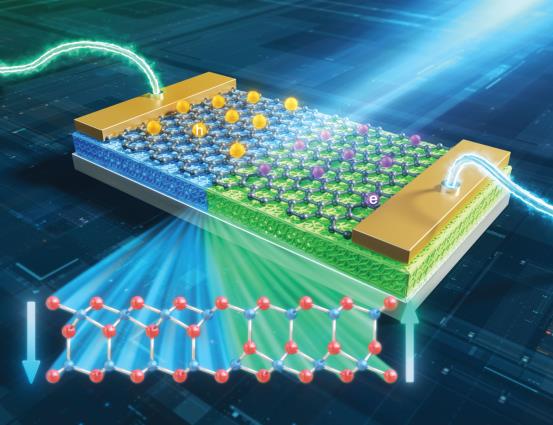The epitaxial growth of graphene on transition-metal substrates has proved to be an efficient method to synthesize high-quality large-area graphene. However, due to the interaction between graphene and the transition-metal substrate, the electronic structure of the as-fabricated graphene is distorted. Intercalating extra materials between graphene and substrates is a way to decouple the interaction between graphene and the substrate and further functionalize graphene. In this talk, combing density functional theory calculations and scanning tunneling microscope experiments, I will show you that the intercalation of traditional two-dimensional semiconducting materials significantly reduces the interaction between graphene and the transition-metal substrate [1]. Multilayer silicene can be intercalated between graphene and Ru(0001) surfaces and form a graphene/silicene van der Waals heterostructure, which shows rectification behavior [2]. It is also found that the intercalated silicon can be oxidized to SiO2 in both crystalline and amorphous form. The insulating nature of SiO2 opens new opportunities of the direct synthesis of large scale, device-quality graphene on designed dielectric substrates [3]. We also propose the possible integration of graphene with two-dimensional ferroelectric materials. We find that the intercalated quintuple layer Al2O3 or Y2O3 is a functional tunnel barrier. Alternating the polarization of intercalated materials modulates the doping type of graphene, enabling the fabrication of graphene p–n junctions [4].

References
[1] Y. Gao, Y.-Y. Zhang, and S. Du, Recovery of the Dirac states of graphene by intercalating two-dimensional traditional semiconductors, Journal of Physics: Condensed Matter, 31, 194001 (2019)
[2] G. Li et al., Stable silicene in graphene/silicene van der Waals heterostructures, Advanced Materials, 30, 1804650 (2018)
[3] H. Guo et al., Insulating SiO2 under centimeter-scale, single-crystal graphene enables electronic-device fabrication, in revision
[4] X. Jin, Y.-Y. Zhang, S. T. Pantelides, and S. Du, Integration of graphene and two-dimensional ferroelectrics: properties and related functional devices, Nanoscale Horizons, 5, 1303 (2020)
